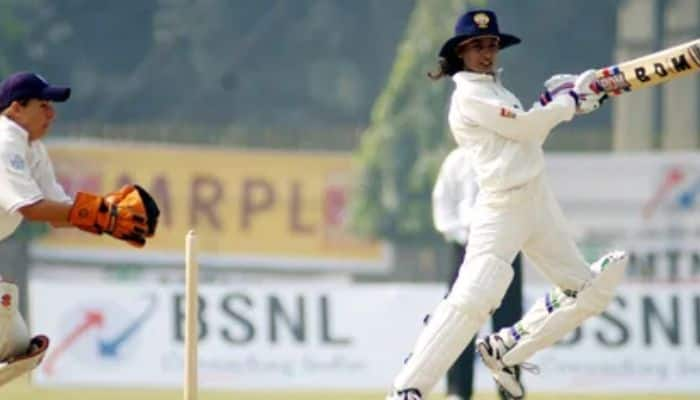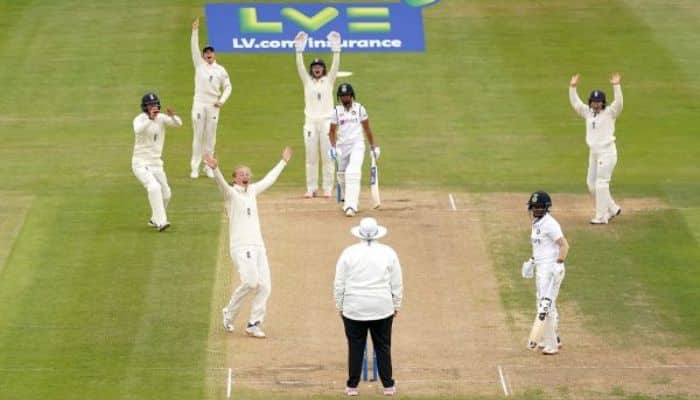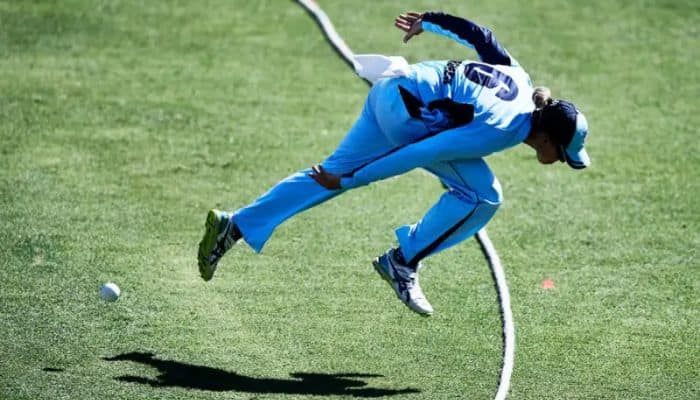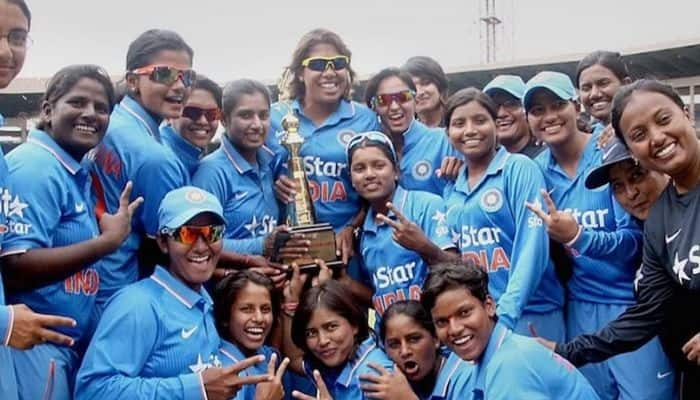What Are Key Differences In Men's And Women's Cricket Rules? In Pics
Cricket, a beloved sport worldwide, boasts nuances tailored to both men's and women's games. The ICC meticulously crafts rules to reflect these distinctions, shaping the essence of each format. Let's delve into the unique regulations governing men's and women's cricket, unraveling the tapestry of this global sport.
)
The primary difference between men's and women's cricket lies in the size and weight of the cricket ball. According to the Laws of Cricket, women's cricket uses a ball that weighs between 4.94 ounces/140 g to 5.31 ounces/151 g, with a circumference ranging from 8.25 in/21.0 cm to 8.88 in/22.5 cm. In comparison, the men's cricket ball should weigh between 5.5 and 5.75 oz (156 and 163 g), with a circumference between 8.81 and 9 in (224 and 229 mm).

In women's Test cricket matches, three umpires are often sufficient, and they may be appointed by the Home Board (i.e., the country hosting the game). This aims to increase the representation of women umpires at the highest level. In contrast, all four umpires in men's Test matches must be appointed by the ICC from their list of Elite Umpires.

The minimum number of overs to be bowled per day in Test cricket differs between men's and women's games. For women's Test matches, play must continue until a minimum of 100 overs or 17 overs per hour have been completed, except on the last day where 83 overs (17 overs per hour) must be completed. In comparison, for men's Test matches, the minimum is 90 overs total or 15 per hour, and on the last day, 75 overs (15 per hour) must be completed.

In Test cricket, the follow-on can be enforced with a lead of 150 runs in women's matches, while in men's Test cricket, the lead needed for a follow-on is 200 runs.

The boundaries in women's cricket are defined to be no longer than 70 yards (64 metres) and no shorter than 60 yards (54.86 metres) from the center of the pitch. In contrast, the boundaries in men's cricket are larger, with a minimum of 65 yards (59.43 metres) and a maximum of 90 yards (82.29 metres).

If a fielder is absent from the field of play for more than eight minutes, they may be penalized for a maximum of 110 minutes in women's cricket, whereas in men's cricket, the maximum penalty time is 120 minutes.

In One Day International (ODI) matches, the innings break can be between 30 and 45 minutes in women's cricket, whereas in men's cricket, any interval may be no longer than 30 minutes.

In women's ODI cricket, there is only one powerplay, which is identical to the men's first powerplay (10 overs with only 2 fielders in the outfield). After that, only four fielders are allowed in the outfield. In contrast, men's ODIs have a third powerplay with an additional fielder in the outfield.

In Twenty20 International (T20I) matches, the intervals between innings are 15 minutes long in women's cricket, compared to 20 minutes in men's T20 matches.

The expected over rates in women's cricket differ from men's cricket. In Test matches, women's cricket expects an over rate of 15.79 overs per hour, while men's cricket expects 14.28 overs per hour. Similarly, in T20I matches, the expected over rate for women's cricket is 16 overs per hour, while for men's cricket, it is 14.11 overs per hour.

